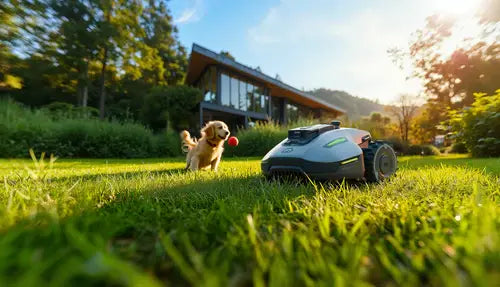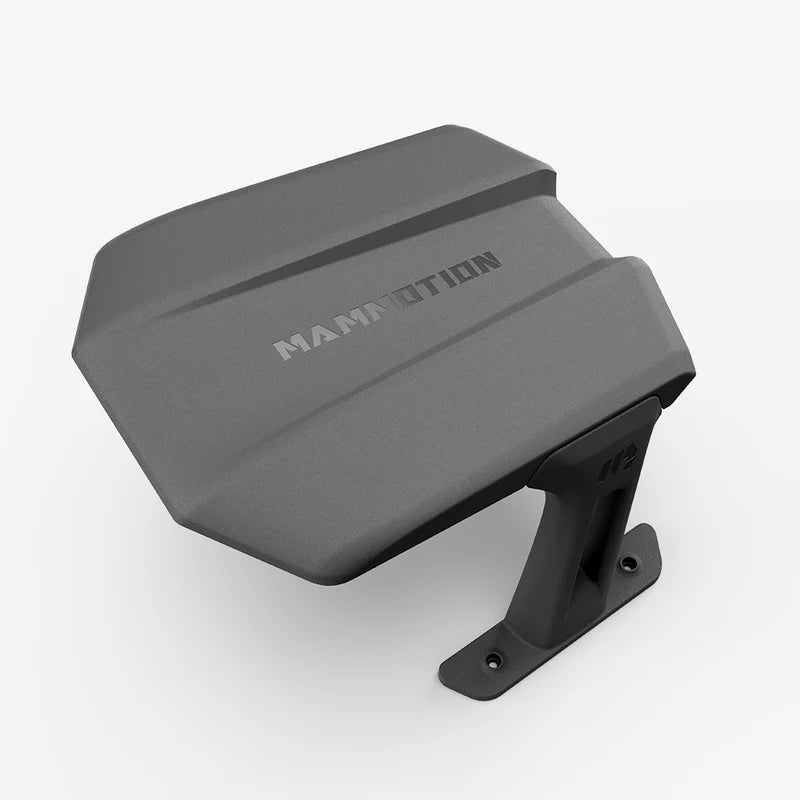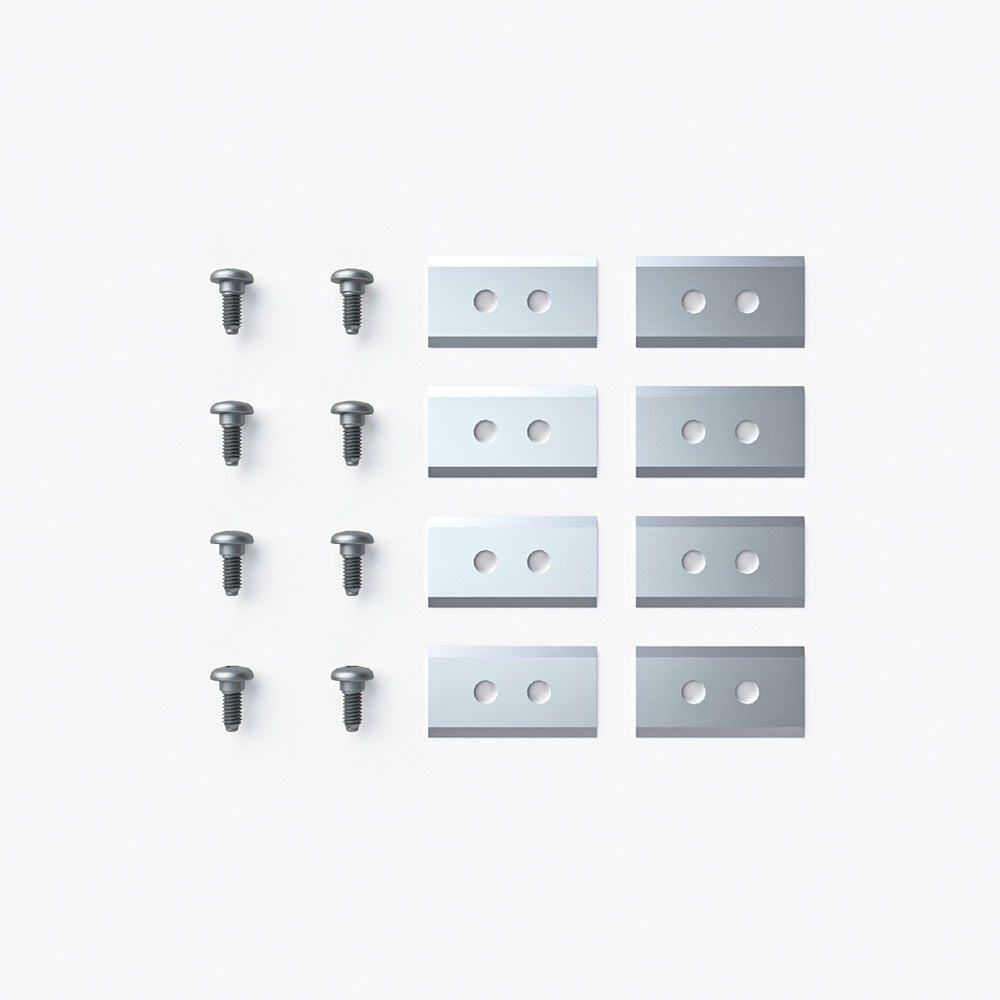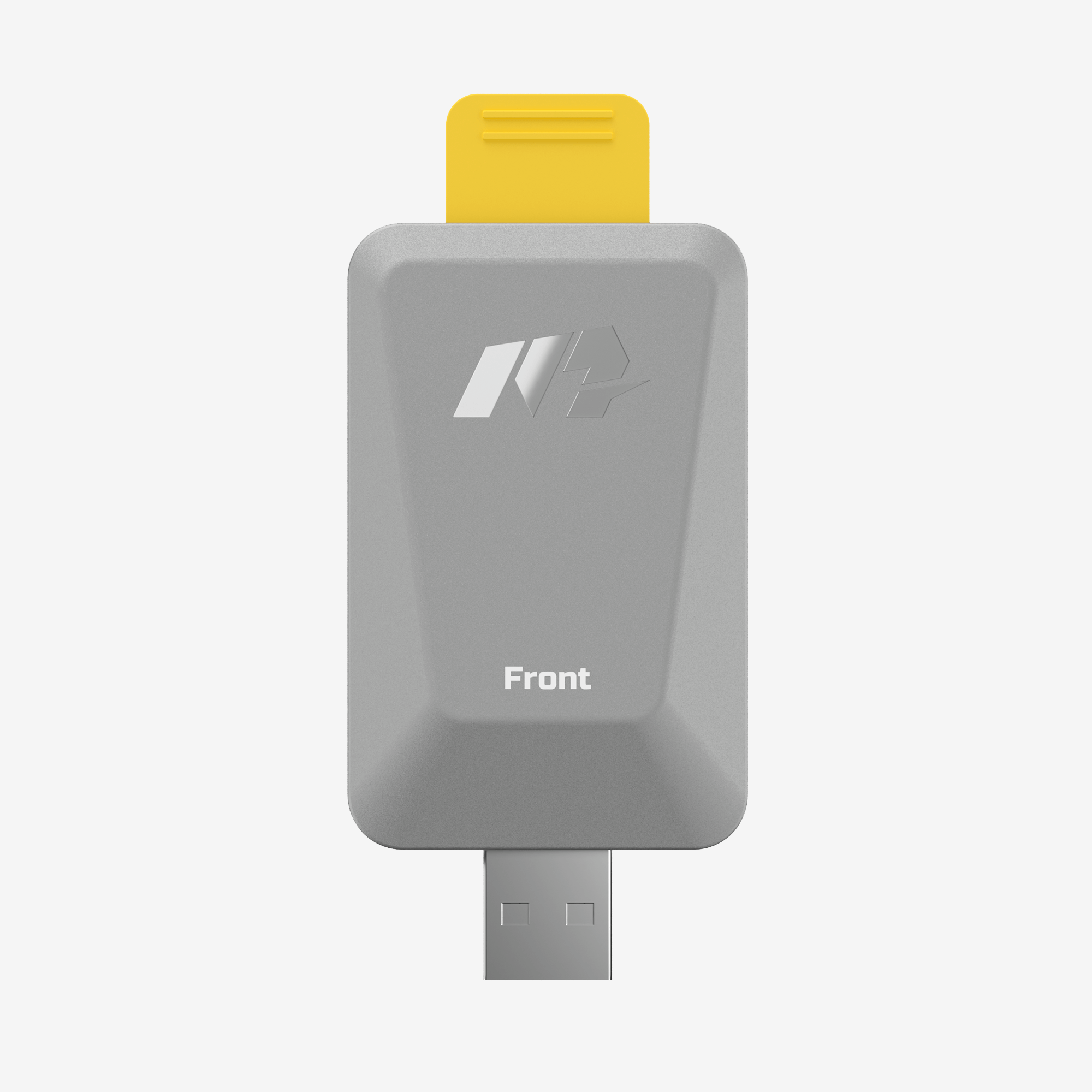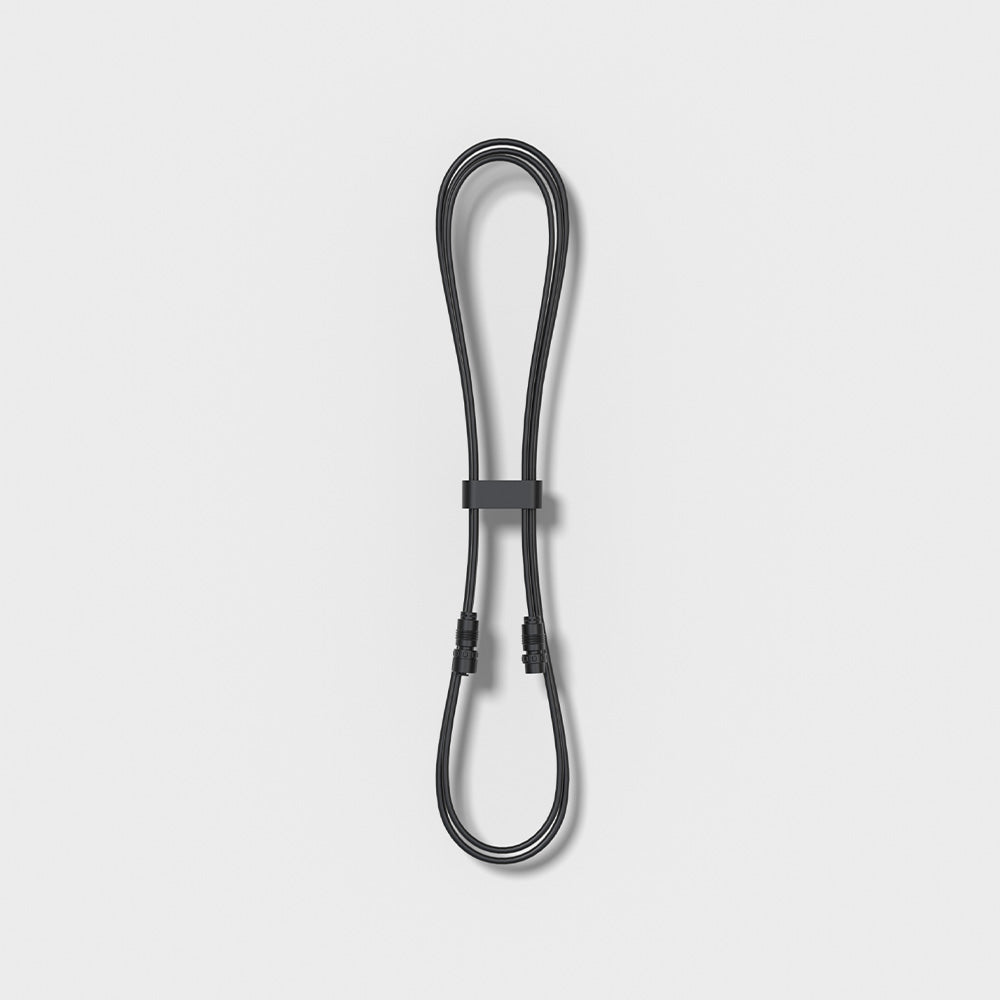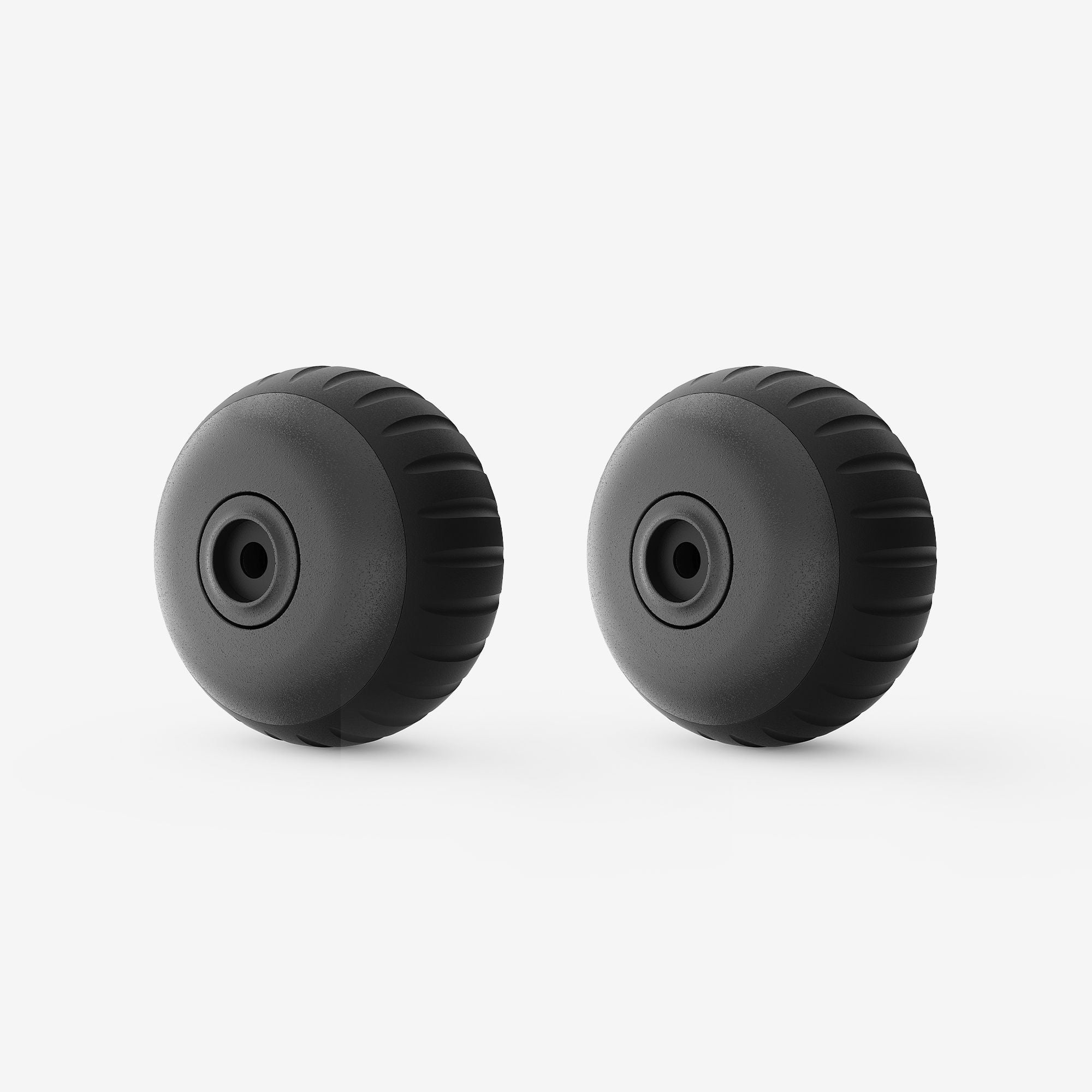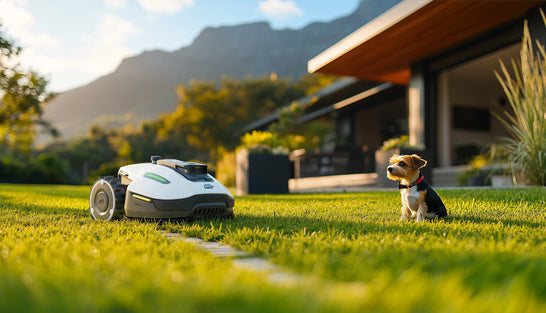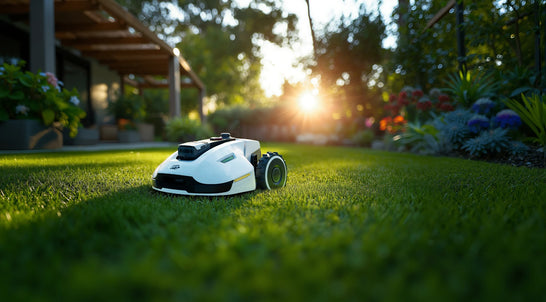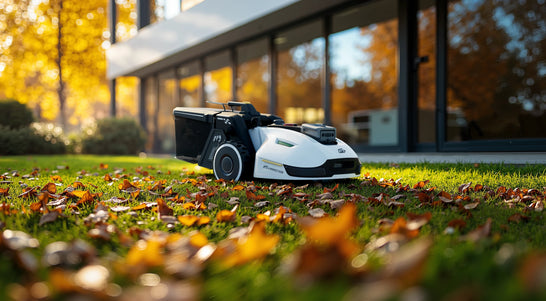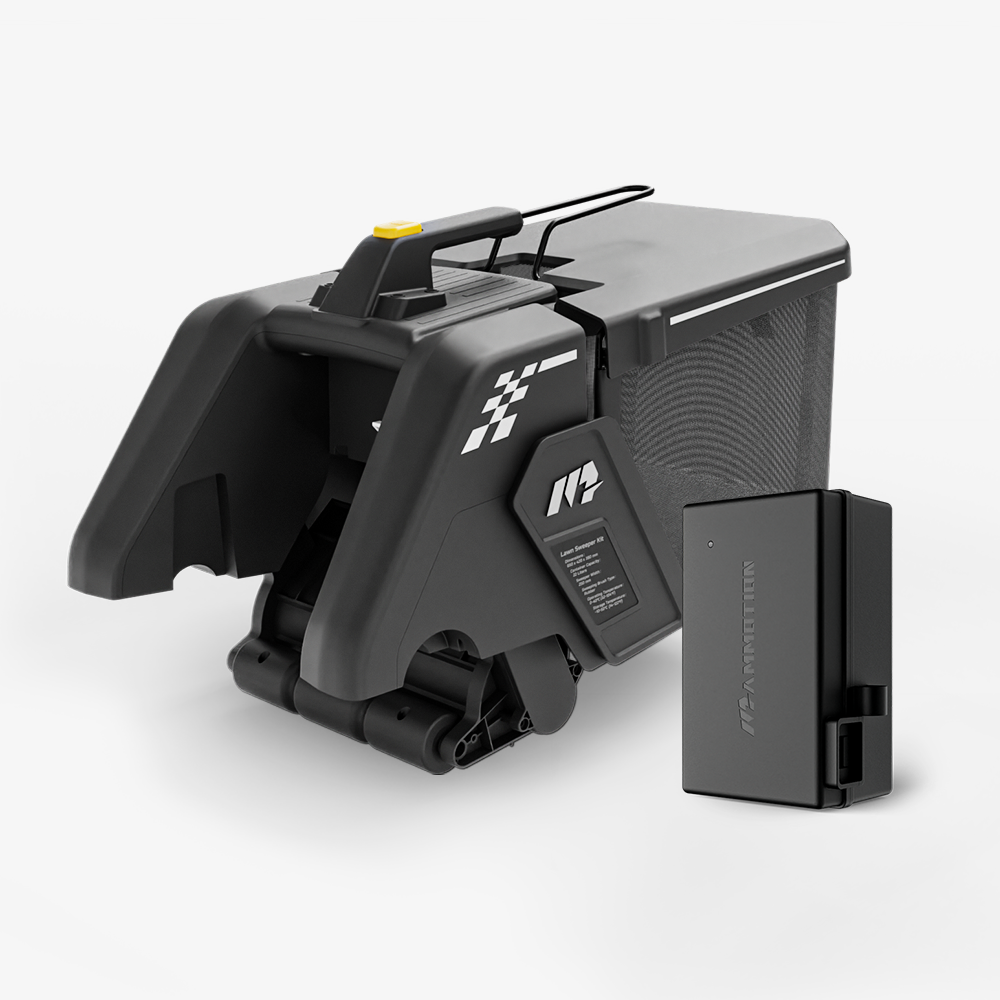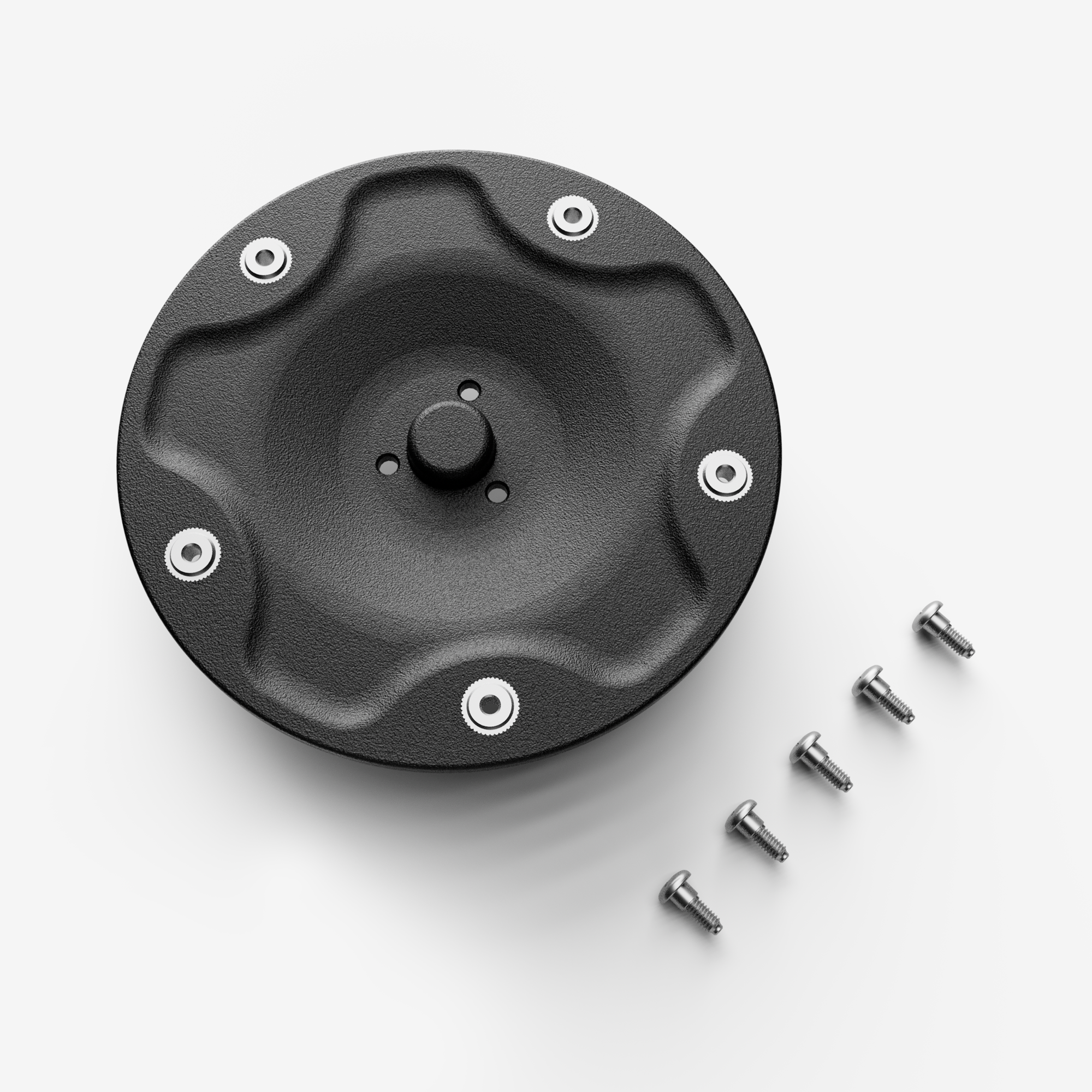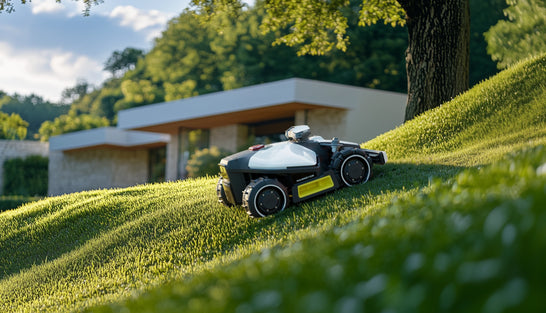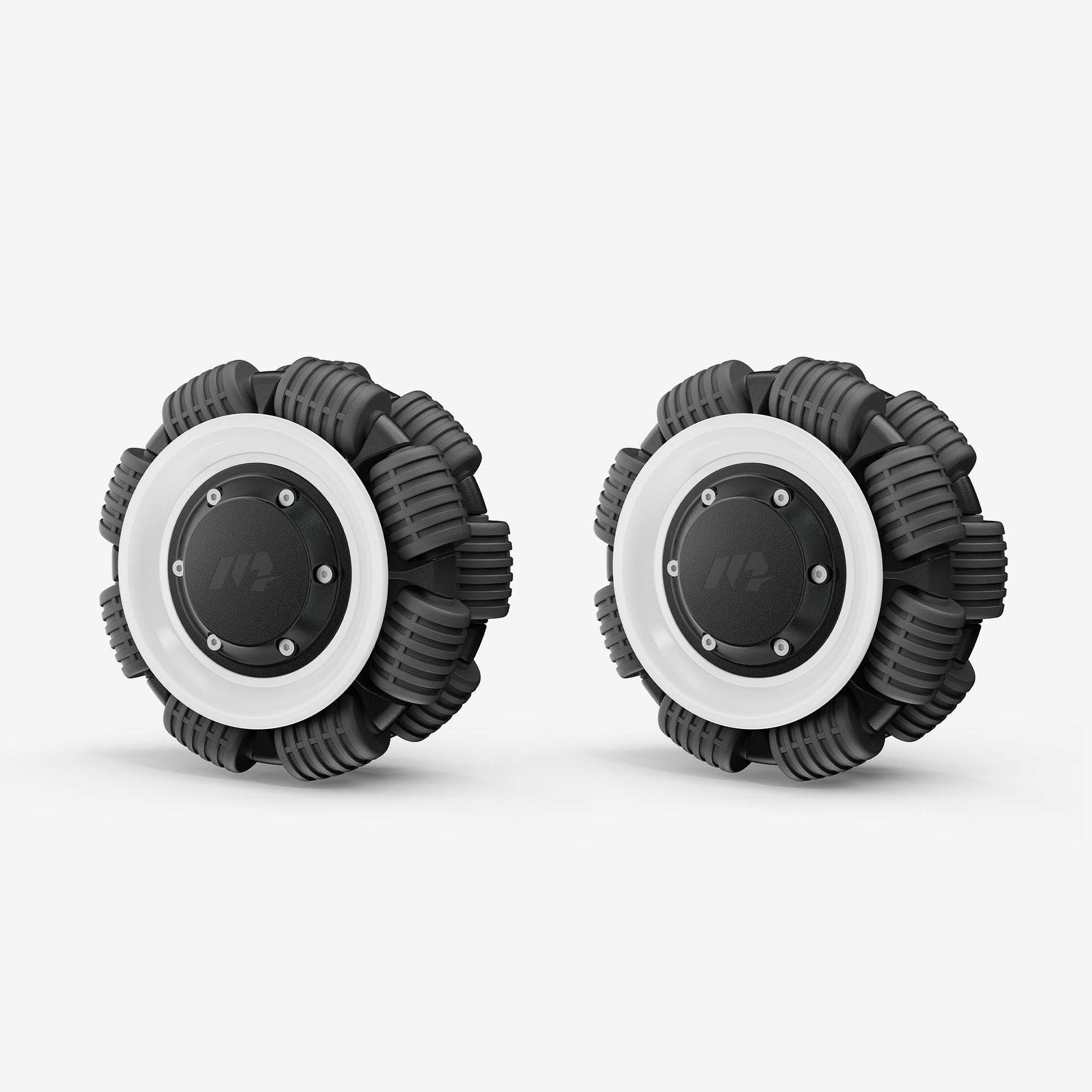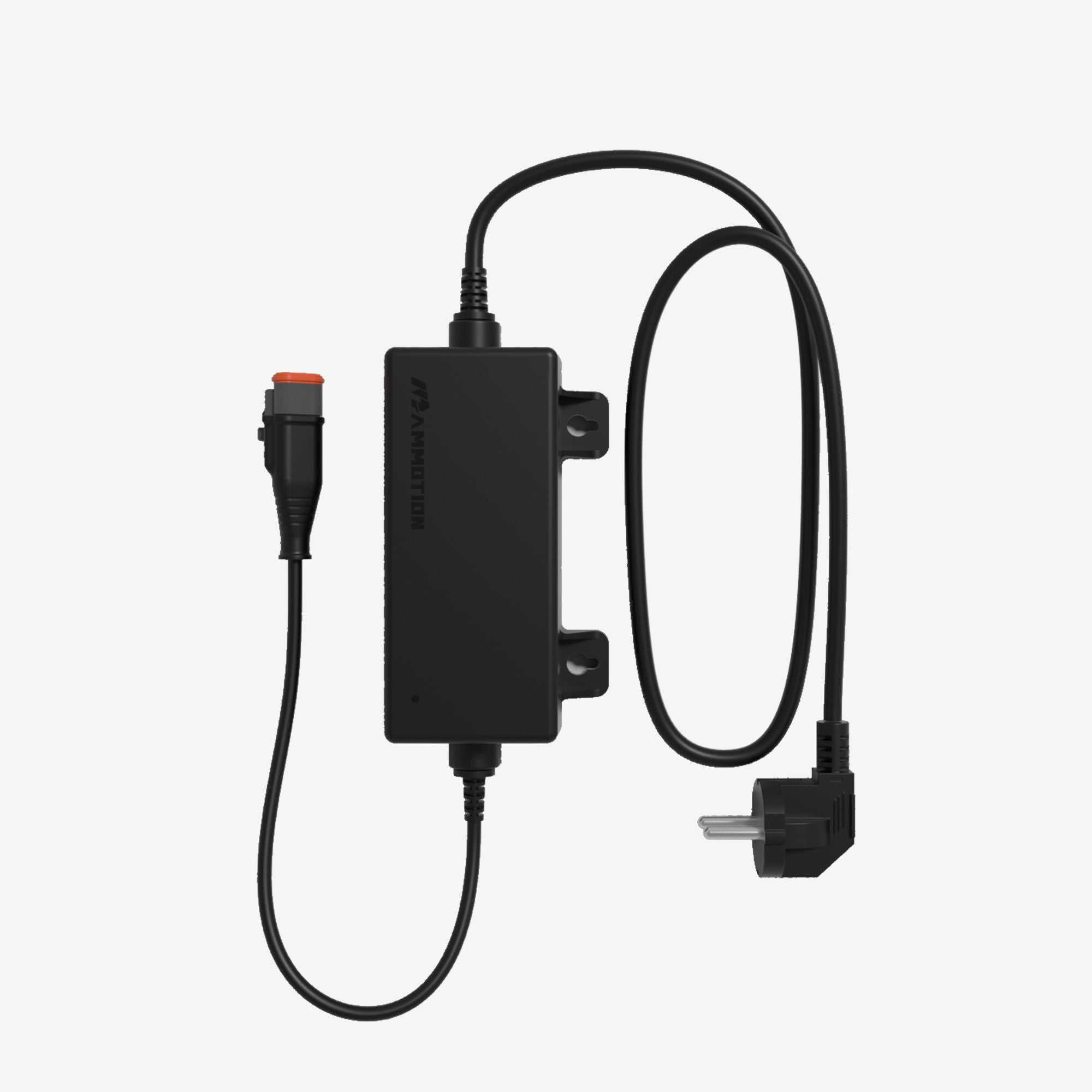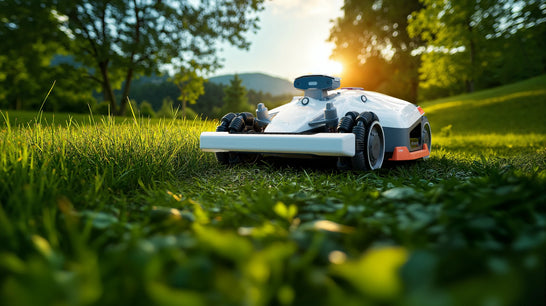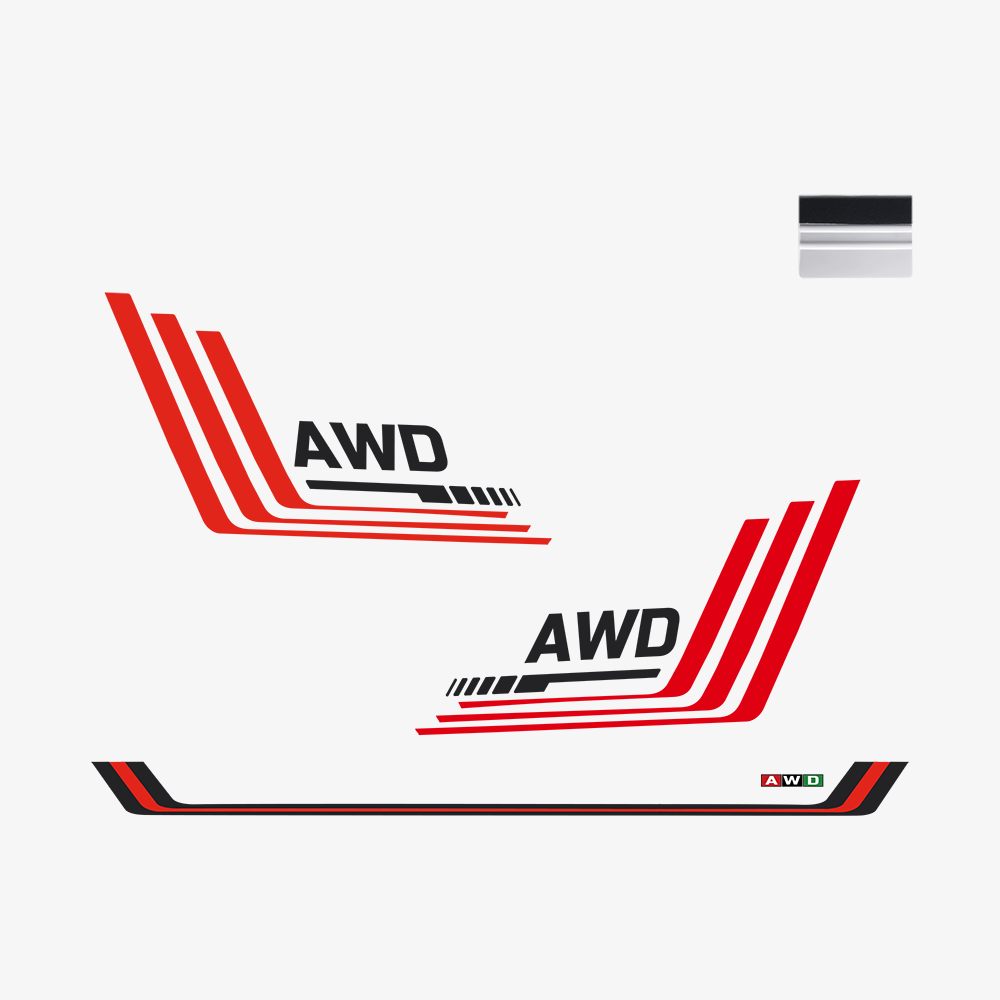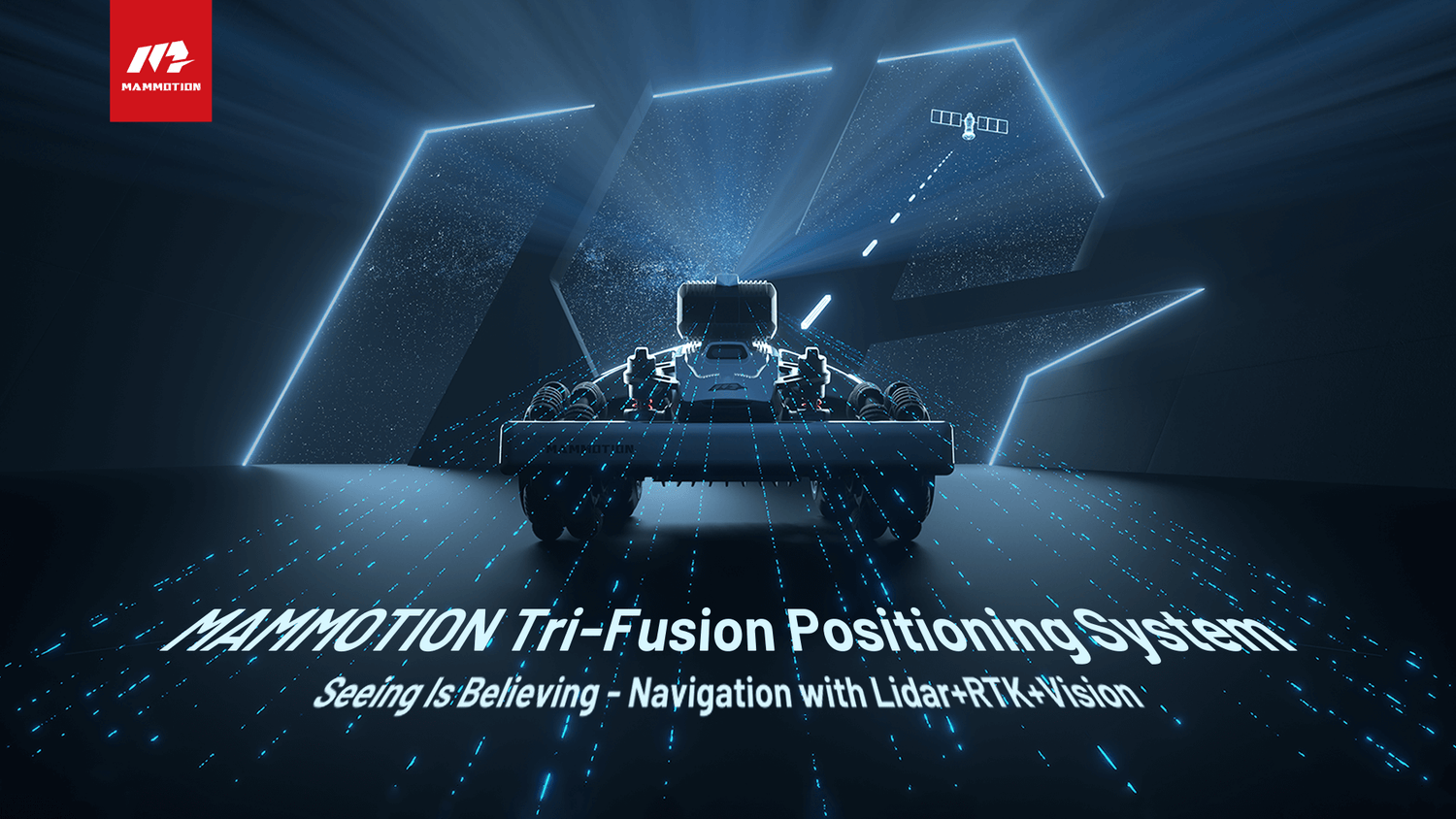The lawn care industry has evolved rapidly in the past decade. Once dependent on boundary wires, robotic mowers are now stepping into an era of intelligent, installation-free navigation. However, as user demand for robotic lawn mowers continues to grow, more and more people are paying attention to the positioning technology of robotic lawn mowers.
Why does this matter? Positioning technology is the backbone of every robotic lawn mower. Without accurate navigation, even the most advanced mower struggles with boundaries, obstacles, and complex terrain.
Here is why the Mammotion Tri-Fusion Positioning System is coming. As the world’s first robotic mower navigation technology that combines LiDAR, RTK, and Vision into one adaptive solution, it sets a new global standard for autonomous garden robotics.
Positioning Technology in Robotic Lawn Mowers: A Brief Evolution
Positioning Technology 1.0 – Wire-Based Systems
The first generation of robotic mowers relied on physical boundary wires. Homeowners had to bury or lay wires around their lawns to define mowing zones.
While effective, this setup was inconvenient. It required hours of installation, frequent repairs, and lacked flexibility if the lawn layout changed. Wire-based systems offered basic automation but little intelligence.
Positioning Technology 2.0 – Dual-Sensor Fusion (RTK + Vision / LiDAR + Vision)
The robotic lawn mower industry’s next step was dual-sensor fusion. Manufacturers began combining either: RTK + Vision or LiDAR + Vision. These systems significantly improved navigation.
- LiDAR + Vision is often recommended for lawns under 1,500㎡, especially where trees or buildings create obstructions, since it provides strong stability in shaded conditions.
- RTK + Vision works best in larger, open lawns with fewer obstacles, where satellite signals can ensure centimeter-level accuracy.
However, dual-sensor fusion is still not perfect. RTK signals weakened under trees or near tall buildings. LiDAR struggled in wide-open spaces with few reference points. As a result, performance varied depending on lawn size and terrain. This challenge is what inspired Mammotion Atlas Lab to develop an entirely new standard in positioning technology—Tri-Fusion Positioning System.

Enter Positioning Technology 3.0 – Mammotion Tri-Fusion Positioning System
What is the Tri-Fusion Positioning System? The Mammotion Tri-Fusion Positioning System is the world’s first navigation technology that integrates LiDAR, RTK, and Vision into a single unified system. Unlike earlier generations, it doesn’t rely on one or two sensors—it adapts dynamically to any environment for unmatched stability and accuracy.
This breakthrough was independently developed by Mammotion Atlas Lab, a research hub dedicated to advancing outdoor robotics. The system is now being tested globally, making Mammotion the first company to bring this level of precision to real-world lawns.
What makes the Tri-Fusion Positioning System different? It closes the performance gaps left by wire-based systems (1.0) and dual-sensor fusion (2.0). Whether it’s a small backyard shaded by trees, an orchard with irregular terrain, or a wide-open grassland, the mower always maintains ±1cm precision.

How the Tri-Fusion Positioning System Works
The strength of Mammotion’s Tri-Fusion lies in how it adapts to different lawn sizes and terrains. By combining LiDAR, RTK, and Vision, the system automatically chooses the best sensor input for the environment, guaranteeing stability and precision.
Standard Lawns (≤1,500㎡): In semi-open areas such as home lawns, orchards, or gardens, LiDAR + Vision delivers exceptional accuracy. The mower completes a 3D map in just 5 minutes, requiring no wires or base stations. Works even in shaded areas or under tree canopies.
Open Scenarios Lawn: On vast grasslands or farmland, RTK satellite positioning becomes the dominant driver. With fewer obstacles and more open space, RTK ensures precise coverage across wide areas.
What makes Tri-Fusion unique is its ability to switch seamlessly between sensors:
- If LiDAR struggles in open fields → RTK provides satellite-based accuracy.
- If RTK signals are blocked by trees or buildings → LiDAR + Vision step in.
- If lighting conditions are poor → LiDAR maintains real-time 3D scanning.
The result: It can achieve ±1cm accuracy with LiDAR + RTK + Vision combined. Consistent centimeter-level accuracy across every scenario—something no other brand product system could achieve.
What are the Key Breakthrough Features of Tri-Fusion
The Mammotion Tri-Fusion Positioning System isn’t just about combining three sensors. It introduces several first-in-industry breakthroughs that set a new benchmark for robotic lawn mowers.
1. Installation-Free Setup
Traditional mowers require boundary wires or base stations. With Tri-Fusion, setup is instant—unbox, power on, and mow. No wires, no digging, no wasted hours. For homeowners, this means a mower that’s ready on day one.
2. Ultra-Precise LiDAR Technology
With 144-beam LiDAR that generates up to 200,000 points per second, Mammotion robotic mowers can build high-density 3D maps in real time. Delivers ±1cm accuracy when paired with RTK + Vision
3. Intelligent Obstacle Avoidance
With LiDAR-enhanced vision, the mower can “see” far and react quickly: Detects dark pets, shaded toys, or distant objects and calculates precise object position for safe avoidance. Functions reliably even in complex or shaded yards.
4. Seamless Performance in All Conditions
Unlike other brand robotic lawn mower positioning systems, Mammotion Tri-Fusion is designed for any environment: No matter in under tree canopies or near tall buildings, or in early mornings, shaded areas, or at dusk, all can maintain precision.
5. Competitive Edge
Most robotic mowers on the market today use 2.0 dual-sensor systems, these are effective but still need to progress. Mammotion is the only brand to offer a Tri-Sensor Fusion system, ensuring full-scenario adaptability without sacrificing accuracy.
In short: Tri-Fusion is not just an upgrade—it’s the new gold standard for robotic mower navigation.
Why This Matters: The Future of Robotics Lawn Care
The Tri-Fusion Positioning System is more than just a technical upgrade—it changes what’s possible in robotic lawn care. For the first time, a mower can handle every lawn type, every terrain, and every condition with equal confidence.
This matters because it removes the main barrier to adoption. Homeowners no longer have to worry about boundary wires, weak GPS signals, or LiDAR blind spots. Landscapers and professionals can now rely on a system that performs consistently, whether in a small backyard or a wide-open field.
At a bigger picture level, Mammotion’s Atlas Lab is pushing robotic mowers into the next technological class. Precision, adaptability, and stability are no longer future goals—they’re here now, in the lawn care industry, led by Mammotion.
Conclusion
The evolution of robotic lawn mower navigation has moved from wire-based boundaries (1.0), to dual-sensor fusion (2.0), and now to Mammotion’s Tri-Fusion Positioning System (3.0). By combining LiDAR, RTK, and Vision into one adaptive platform, Mammotion has solved the accuracy and stability gaps that limited every system before it.
For homeowners, this means mowing that’s smarter, safer, and installation-free. For the industry, it marks a new standard—it’s the future of lawn care.
Learn more about how the Tri-Fusion Positioning System is redefining autonomous mowing at Mammotion’s website.

